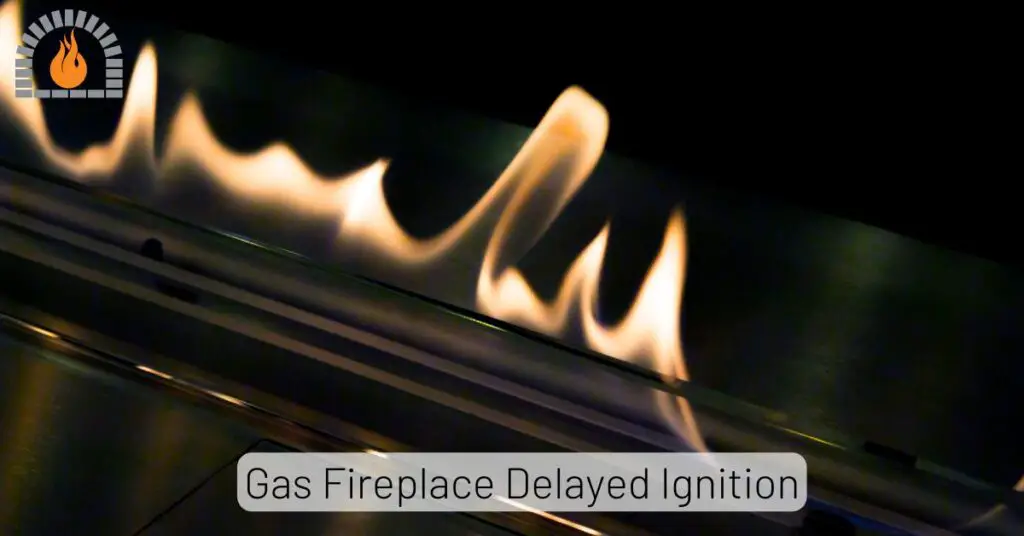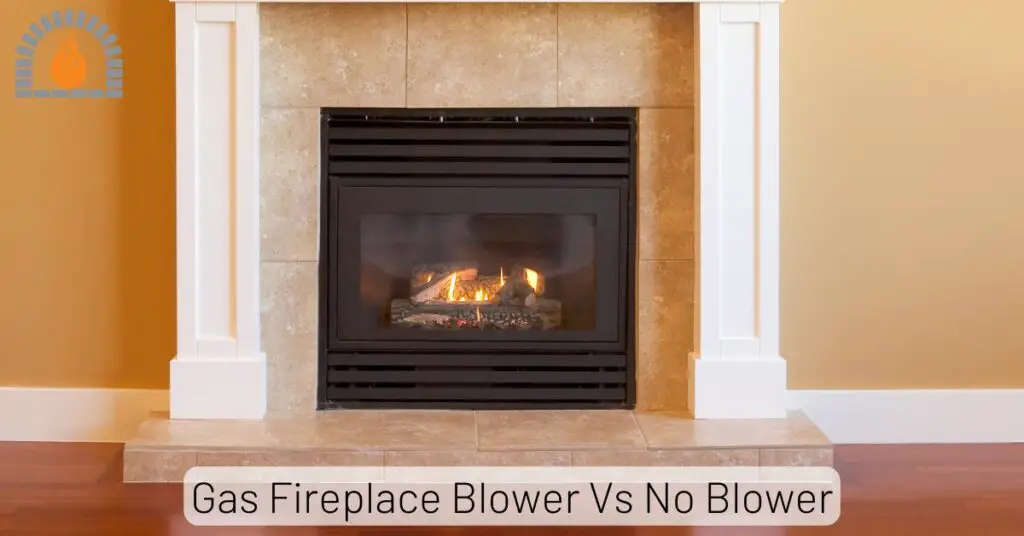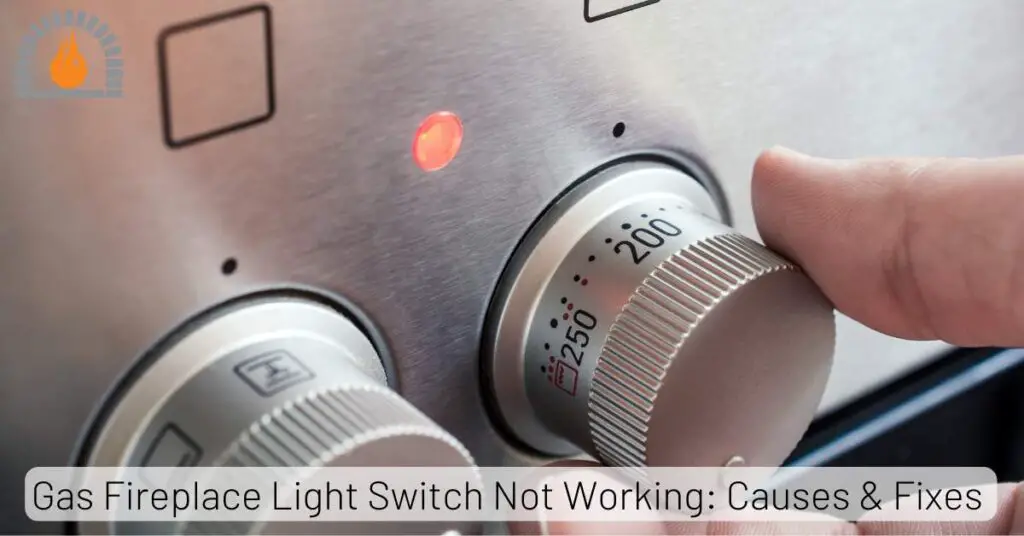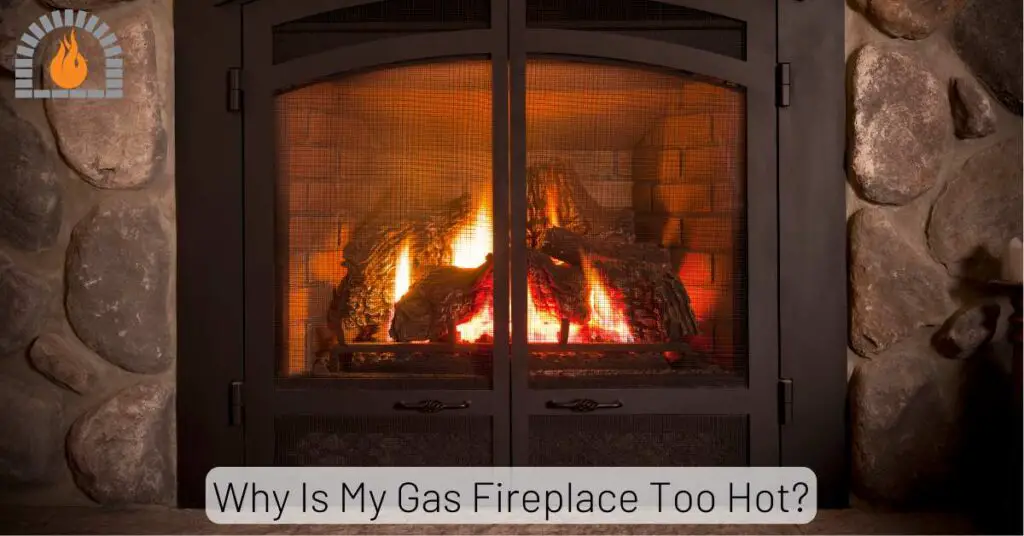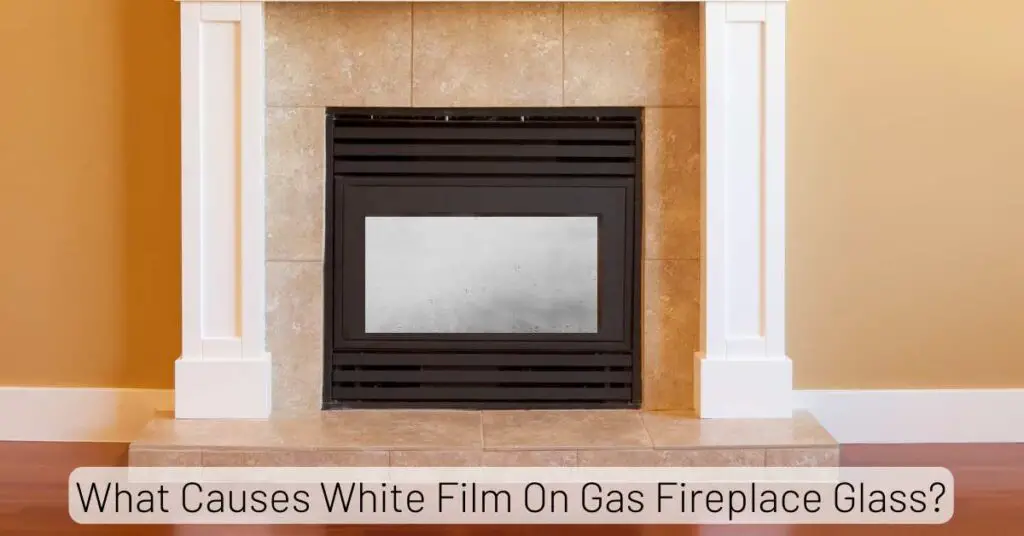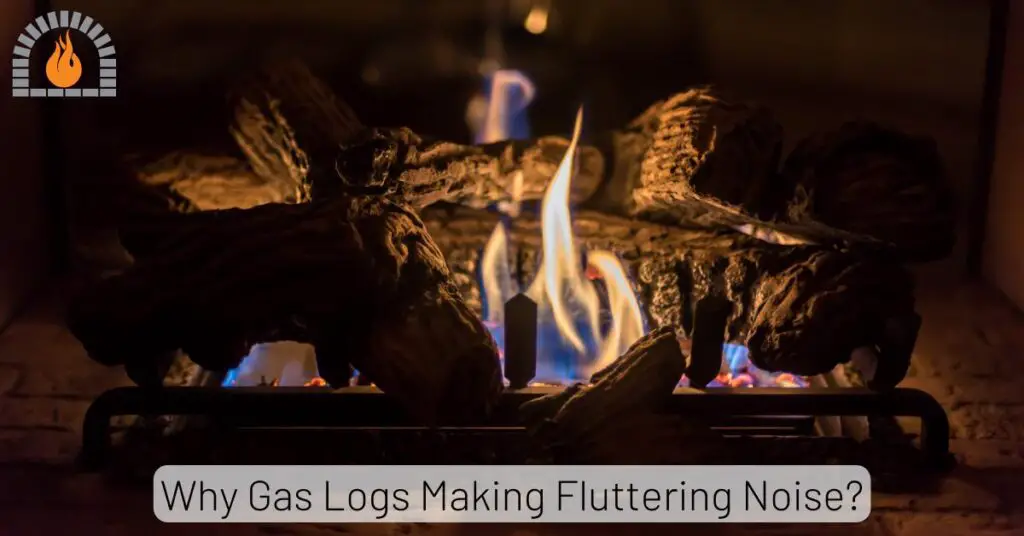Natural gas fireplaces have become one of the most sought-after home upgrades in 2025, and it’s not hard to see why. Homeowners are looking for efficient, stylish, and eco-friendly ways to heat their homes without the mess and hassle of traditional wood-burning fireplaces. Whether you live in a bustling city apartment or a suburban home, a natural gas fireplace adds both warmth and value.
Unlike older heating methods, gas fireplaces provide instant comfort with the flick of a switch or remote control. They’re cleaner, safer, and require less maintenance than wood-burning units. In fact, many buyers now view natural gas fireplaces as a must-have feature when purchasing a new home, which has driven demand higher than ever.
But here’s the real question: how much does it actually cost to install one in 2025? The answer isn’t so simple because prices depend on several factors, including the type of fireplace, the complexity of the installation, your region, and even the style you want.
In this guide, we’ll break down everything from average costs to hidden expenses so you know exactly what to expect before making the investment.
Average Natural Gas Fireplace Installation Cost
Now that you understand what affects the price, let’s talk real numbers. In 2025, the average cost to install a natural gas fireplace ranges anywhere from $2,500 to $10,000, depending on the project’s complexity. Here’s a breakdown:
Basic Installation Costs
If you’re going for a no-frills gas log set or a small insert, expect to pay between $2,500 and $4,000. This usually covers a basic unit, minimal venting, and standard installation labor.
Mid-Range Installation Costs
For homeowners who want a built-in unit with a direct-vent system, the price typically falls between $4,500 and $7,000. This range covers most mid-sized projects, including moderate customization like mantels and stone surrounds.
High-End Luxury Fireplace Installation Costs
If you want a show-stopping centerpiece with custom stonework, designer finishes, or a large two-sided fireplace, you could be looking at $8,000 to $12,000 or more. These high-end projects often involve structural modifications, premium materials, and smart-home features like app-controlled flames.
Cost Breakdown Table (Materials vs. Labor)
| Expense | Average Cost in 2025 |
|---|---|
| Fireplace Unit | $1,200 – $5,000 |
| Venting & Gas Line Work | $800 – $2,500 |
| Labor (Installation) | $1,000 – $3,500 |
| Custom Surround/Mantel | $500 – $3,000+ |
| Total | $2,500 – $12,000 |
Additional Costs You Should Consider in Natural Gas Fireplace Installation Cost
While the base installation cost gives you a starting point, it’s the additional expenses that often surprise homeowners. Let’s look at some of the extras you might face in 2025.
Gas Line Installation and Upgrades
If your home doesn’t already have a gas line near the installation area, you’ll need to run a new line. This can add $500 to $2,000 to your bill, depending on the distance and difficulty of the work. Older homes may also require pressure upgrades or meter replacements.
Electrical Work for Blowers, Lighting, and Remotes
Many modern gas fireplaces come with features like built-in blowers for better heat distribution, LED accent lighting, and remote-control systems. These enhancements often require new electrical wiring, which can add another $200 to $800.
Permits, Inspections, and Code Compliance
Most municipalities require permits for gas line work and fireplace installations. Permit fees typically range from $100 to $500, but in stricter jurisdictions, you may pay more. Skipping permits is risky—it can void your warranty and even affect your home insurance.
Mantels, Surrounds, and Custom Finishes
Want to make your fireplace a true focal point? Custom mantels, stone veneers, and built-in shelving can easily add $1,000 to $5,000 or more. While optional, these upgrades dramatically impact the overall look and feel of your space.
Factors That Influence the Cost of Installation
When it comes to natural gas fireplace installation, no two projects are the same. The total cost can swing dramatically based on the choices you make and the requirements of your home. To give you a clearer picture, let’s dive into the most common factors that affect pricing.
Type of Fireplace (Insert, Built-in, Log Set)
The type of gas fireplace you choose is perhaps the biggest price driver.
- Gas Inserts: Designed to fit inside an existing wood-burning fireplace, gas inserts are a popular choice for homeowners who already have a fireplace structure in place. Inserts are relatively affordable to install since the framework is already there, but they still require proper venting and a gas line.
- Built-In Units: These are ideal for new construction or major remodels. Built-in units require a framed enclosure and full venting system, making them more expensive to install but offering greater design flexibility.
- Gas Log Sets: The cheapest option, gas log sets mimic the look of a real wood fire but require an existing fireplace. They’re simple to install but don’t offer the same heating efficiency as inserts or built-in units.
Size and Heating Capacity
Not all fireplaces are created equal. A small unit designed for ambiance in a bedroom will cost much less than a large, high-BTU unit meant to heat a spacious living room. The more powerful the unit, the more complex the installation—especially if your gas line needs an upgrade.
Venting System Requirements
Venting is a major cost factor. Gas fireplaces can be:
- Direct-Vent: The most common option in 2025, direct-vent fireplaces pull air from outside and vent exhaust gases through a sealed pipe. This method is efficient and safe but adds to installation costs.
- Vent-Free: These are easier and cheaper to install since they don’t require an external vent, but they’re not legal in all areas due to indoor air quality concerns.
- B-Vent (Natural Vent): Uses the home’s chimney to expel gases but is less efficient than direct-vent models.
Custom Design and Aesthetic Features
Do you want a simple unit with a glass front, or are you dreaming of a floor-to-ceiling stone surround with built-in shelving? Custom designs, premium finishes, and luxury mantels can push costs significantly higher.
Labor Costs and Regional Price Variations
Finally, where you live matters. Installation labor costs can vary by 30–40% depending on whether you’re in a high-cost urban area or a more affordable rural location. Skilled labor shortages in 2025 have also driven up installation rates, especially in booming housing markets.
Cost Comparison: Gas Fireplaces vs. Other Fireplace Options
Gas vs. Wood-Burning Fireplaces
- Installation Costs: Building a new wood-burning fireplace can cost $8,000 to $20,000+, much higher than a gas unit.
- Convenience: Gas wins hands down. No chopping, hauling, or cleaning ashes.
- Efficiency: Modern gas fireplaces boast efficiency ratings of 70–90%, while wood fireplaces are often under 30%.
Gas vs. Electric Fireplaces
- Cost: Electric fireplaces are much cheaper, with installations starting around $500 to $2,500.
- Realism: While electric units have improved, they don’t match the authentic flame and warmth of gas.
- Operating Costs: Electric units may cost more to run in areas with high electricity rates, whereas natural gas tends to be cheaper long-term.
Long-Term Operating Costs and Maintenance
Gas fireplaces strike a balance between affordability and performance. They require less upkeep than wood-burning units and are cheaper to run than most electric options, especially in colder climates.
DIY vs. Professional Installation
When planning a natural gas fireplace installation in 2025, many homeowners wonder whether they can save money by doing the work themselves. On paper, the idea of a DIY project sounds tempting—after all, YouTube tutorials and home improvement forums are filled with “step-by-step” guides. But when it comes to installing a gas appliance, the stakes are much higher than just saving a few dollars.
Pros of DIY Installation:
- You could potentially cut labor costs, which typically run between $1,000 and $3,500 depending on the scope.
- If you’re already a licensed contractor or skilled in plumbing and HVAC systems, you may feel confident handling some of the work.
- DIY might make sense for minor cosmetic projects, like building a mantel or finishing a surround.
Cons and Risks:
- Gas Line Danger: Handling gas lines without professional certification is not only risky—it’s illegal in many areas. Improper installation can lead to leaks, fires, or even explosions.
- Code Compliance: Building inspectors require proof of professional installation for gas appliances. A failed inspection could halt your project, forcing you to hire a professional anyway.
- Warranty Issues: Most fireplace manufacturers void warranties if units aren’t installed by licensed professionals.
Why Professional Installation is Recommended in 2025:
The complexity of modern gas fireplaces makes professional installation the safest and smartest choice. Today’s units often integrate with smart-home systems, require precise venting configurations, and involve both gas and electrical work. Hiring a certified technician ensures your fireplace is efficient, safe, and fully covered by warranty.
In short, unless you have professional-level skills and certifications, DIY installation is a gamble you don’t want to take. The upfront labor cost may sting, but it buys peace of mind and long-term safety.
How to Save Money on Installation
A natural gas fireplace is a worthwhile investment, but that doesn’t mean you have to overspend. Smart planning and timing can help you trim costs without sacrificing quality.
Choosing a Standard Model Instead of Custom Designs
Custom stone surrounds, floor-to-ceiling enclosures, and luxury mantels look beautiful, but they also inflate your budget quickly. If your goal is warmth and function, consider a standard model with a clean, minimalist design. You can always add decorative features later as your budget allows.
Off-Season Installation Discounts
Much like air conditioners are cheaper to install in winter, fireplaces often come with discounts if you install them in warmer months. Contractors are less busy in spring and summer, which means they may offer reduced rates to keep projects flowing. Planning your installation in May instead of November could save you 10–20%.
Bundling Installation with Other Home Upgrades
If you’re already remodeling your living room or adding new HVAC equipment, consider bundling your fireplace installation. Contractors often reduce costs when multiple jobs are scheduled together because it saves them travel and setup time.
Shop Around for Quotes
Don’t settle for the first estimate you receive. Collect at least three quotes from reputable installers, and compare not just the price but also what’s included (permits, warranties, cleanup, etc.).
Look for Rebates and Incentives
In some regions, energy companies and local governments offer rebates for installing efficient natural gas fireplaces. We’ll dive deeper into this later, but it’s worth mentioning here because incentives can knock hundreds off your installation cost.
Regional Price Variations in the U.S.
Not all homeowners in 2025 will pay the same for a gas fireplace installation. Costs vary widely across the country due to labor rates, permit fees, and material availability.
Cost Trends in Urban vs. Rural Areas
- Urban Areas: Cities like New York, Los Angeles, and Chicago typically see higher labor rates. Expect to pay 20–30% more compared to national averages. However, the availability of skilled contractors may reduce wait times.
- Rural Areas: Labor may be cheaper, but sourcing materials can be harder. Delivery fees and limited contractor availability may balance out the savings.
East Coast vs. Midwest vs. West Coast Pricing
- East Coast: Installation costs average higher due to stricter building codes and higher permit fees. A mid-range installation may cost around $6,000–$8,500 here.
- Midwest: Generally, this region enjoys some of the lowest installation prices. A similar project could run $4,500–$6,500.
- West Coast: Costs can swing dramatically. In California, strict emission standards and building codes add to expenses, while states like Oregon and Washington see slightly more affordable rates.
Pro Tip: Always ask for a detailed cost breakdown when getting quotes—this makes it easier to see if regional price differences are due to labor, permits, or material markups.
Mistakes to Avoid When Installing a Gas Fireplace
A natural gas fireplace can be a dream upgrade—but only if you avoid common mistakes that cost time and money.
Ignoring Ventilation Needs
Ventilation is one of the most critical safety elements of a gas fireplace. Skimping here can lead to dangerous indoor air quality issues. Some homeowners mistakenly choose vent-free models without realizing they’re banned in their city or state. Always confirm local regulations before purchasing.
Choosing the Wrong Size Unit
Bigger isn’t always better. A unit that’s too powerful can overheat your space and waste gas, while one that’s too small won’t provide adequate warmth. Professionals use BTU calculations based on your room size, insulation, and climate to recommend the right unit.
Skipping Professional Inspection
Even after installation, failing to schedule inspections can lead to costly issues later. Many municipalities require an inspection before final approval, and skipping it can void your insurance coverage. A professional inspection ensures your fireplace meets code, runs efficiently, and remains safe for years.
Not Budgeting for Extras
Too many homeowners focus only on the fireplace’s sticker price and forget the add-ons—permits, gas line extensions, electrical work, and decorative finishes. This mistake leads to frustrating budget overruns. Always build in an extra 10–20% buffer for unexpected expenses.
Future Trends in Fireplace Design and Costs
As with kitchens and bathrooms, fireplaces are subject to design trends—and 2025 is shaping up to be an exciting year for innovation.
Smart Home Integration
Fireplaces are now joining the smart home ecosystem. Homeowners can adjust flame height, heat output, and LED lighting via smartphone apps, or integrate with Alexa, Google Home, or Apple HomeKit. Expect these features to become standard in mid-to-high-end models.
Sustainable Materials
Eco-conscious design is driving the use of recycled stone, reclaimed wood mantels, and low-impact building materials. These touches not only reduce environmental impact but also create a stylish, modern look.
Design Trends in 2025
- Linear Fireplaces: Sleek, wide fireplaces with horizontal flames are dominating modern living spaces.
- See-Through Units: Perfect as room dividers, two-sided fireplaces are growing in popularity.
- Minimalist Styles: Frameless glass designs that blend seamlessly into walls give a clean, contemporary aesthetic.
Future Costs
As demand rises, fireplace technology will likely get more affordable. However, ongoing labor shortages and stricter building codes may keep installation costs steady—or even slightly higher—than today’s averages.
Final Thoughts
Installing a natural gas fireplace in 2025 is a smart move for homeowners looking to add comfort, value, and efficiency to their living space. While the price tag varies—ranging from $2,500 on the low end to $12,000+ for luxury models—understanding the cost drivers helps you plan effectively.
The type of unit, venting system, labor rates, and finishing touches all play a role in your final bill. Don’t forget to budget for extras like gas line installation, permits, and annual maintenance. Compared to wood-burning or electric fireplaces, gas strikes a perfect balance between convenience, efficiency, and long-term savings.
Whether you’re going for a simple log set or a high-end showpiece with custom stonework, one thing is clear: a natural gas fireplace is more than just a heating appliance—it’s a lifestyle upgrade. By leveraging rebates, financing, and smart planning, you can enjoy all the warmth and style without breaking the bank.
You May Also Like To Read:
FAQs
What is the cheapest type of natural gas fireplace to install in 2025?
The cheapest option is a gas log set, which typically costs between $2,500 and $4,000 installed, provided you already have an existing fireplace structure.
How long does a natural gas fireplace installation take?
On average, installation takes 1 to 3 days. Simple projects like log sets may be completed in one day, while built-in units with custom finishes may require multiple days or even weeks.
Can I convert my wood-burning fireplace to natural gas?
Yes, many homeowners choose to convert their wood-burning fireplace into a gas insert. This process is often less expensive than installing a completely new built-in unit.
Do natural gas fireplaces increase home value?
Absolutely. A well-installed gas fireplace can boost resale value and make your home more attractive to buyers. In some markets, fireplaces are seen as a premium feature that helps homes sell faster.
What permits do I need for a gas fireplace in 2025?
Most jurisdictions require a building permit and a gas line permit. Some areas may also require separate inspections for electrical work. Always check with your local building department before starting the project.
Affiliate Disclosure: Fireplaceadviser.com is a participant in the Amazon Services LLC Associates Program. We may earn a commission when you click on certain links on this site and purchase.

Hello!! I am Jamal Khan. I often fix my home electric heaters and gas stove problems and research the common issues in the heating units to improve my knowledge and expertise. The aim of establishing fireplaceadviser.com is to share my expertise and knowledge with my audience.







